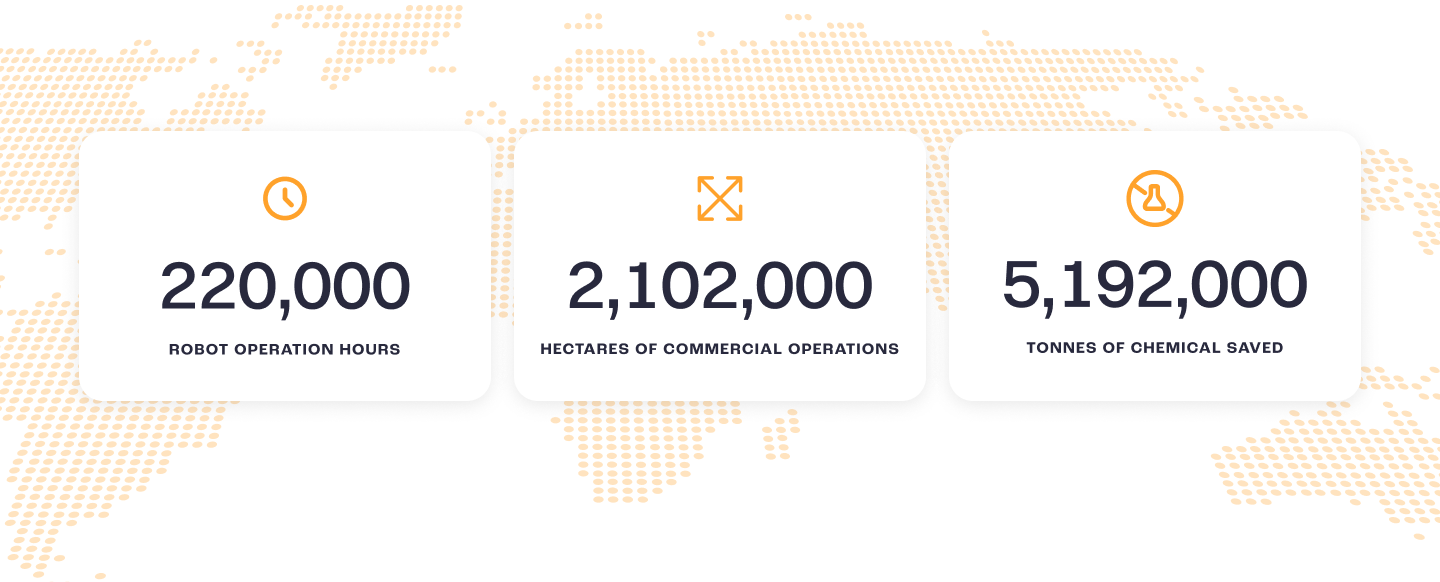"Our technology isn't about the
robot, it’s about how we're actually
going to farm into the future."
robot, it’s about how we're actually
going to farm into the future."
Jocie Bate
Our journey started back in 2012 when we decided that enough was enough, farming couldn’t continue with ever larger and more complicated machines. We had a clear vision to create better farming systems and unlock the promise of autonomous agriculture.
Using our own farming operations in Central Queensland, Australia as a testbed, we partnered with two universities to develop our first prototype – Agbot 1, an automous RTV.
Agbot 1
In 2014, we built our first SwarmBot! We set out to simplify agriculture, to challenge the current paradigm for large, cumbersome machinery. SwarmBot 1 was a three wheeled, single drive machine that weighed only 300kg.
SwarmBot 1
SwarmBot 3 was our next generation platform that was delivered in 2015. These machines were used with our early adopter customers in a commercial spraying application.
SwarmBot 3
To support our technology and take it to commercial operations, we are supported by true believers. We would like to sincerely thank Adama, Westpac, Elders, Telstra, Fitzroy Basin Association and the Central Highlands Regional council, for their support.
Our Sponsors

We welcomed over 400 people on farm in early 2016 to release the first generation of our technology.
2017 saw the development of another attachment to be fitted to a Swarmbot platform, a turf mower.
Turf Mower Attachment
From 2015 to 2018, we developed 11 prototypes that were used in our field contracting service, to spray weeds for grain and cotton farmers.


